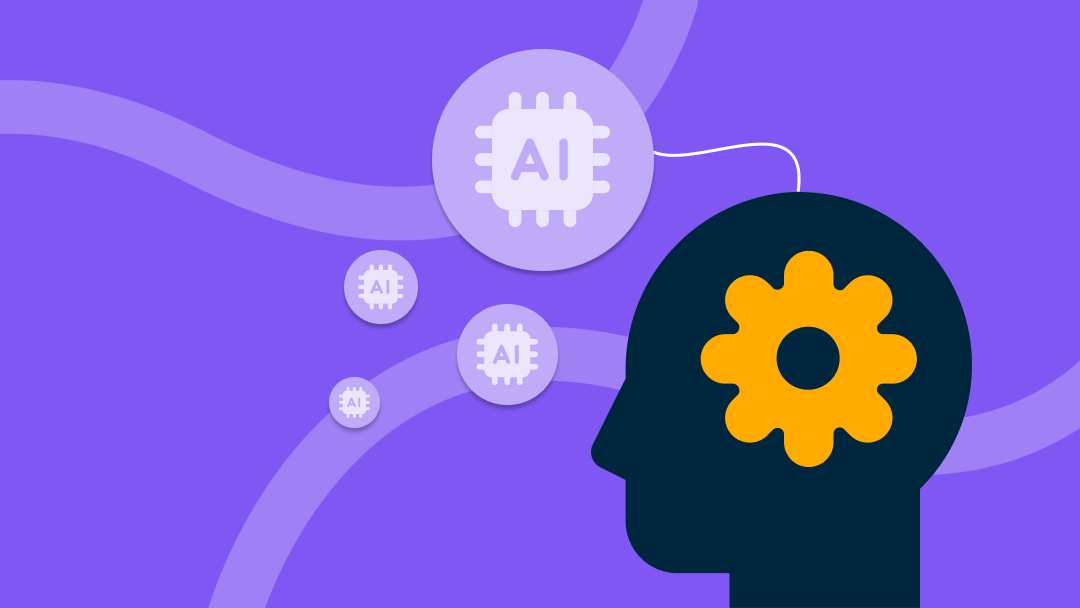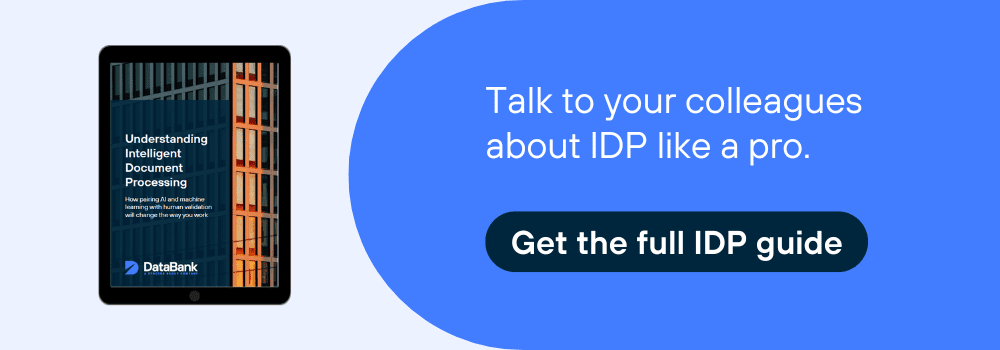We live in a world with an ever-increasing dependence on information. According to the latest estimates, 328.77 million terabytes of data are created daily. Over the past several decades, we’ve seen incredible advancements in how data is processed and managed, and today, we’re seeing another shift with the rise of generative AI and Large Language Models (LLM).
So what does this mean for organizations that have built entire teams around processing documents and extracting information from them? Are these teams now obsolete? Is AI going to replace all of us?
Far from it. If anything, AI highlights the value of human intelligence and reasoning. Here are a few common misconceptions about AI and the true value it brings to the table.
Misconception 1: AI is capable of general intelligence
If you spend any time on social media, you’re going to run across a lot of promises that AI operates as a magic wand because it operates with the same type of general intelligence that we do – intelligence that allows us to interact in the world and includes things like verbal comprehension, memory, visual and auditory perception and the like. At the very least, that kind of artificial general intelligence is decades away.
The truth is, what AI and machine learning are really good at is processing vast amounts of information faster and more efficiently than a human could ever do. With the advent of LLMs, you can let the AI do the heavy lifting of sifting through pages of text to find the medical record you need or the most recent date in a document full of dates. But this is all processing information – it’s how you leverage it that matters.
Misconception 2: AI is an easy button
Another idea we see frequently is this thought that with the advancements in AI, it can do all the work for you – this is especially true when it comes to things like document processing.
AI doesn’t know your organization’s business rules, it doesn’t know what’s important to you or what you’re looking for – it needs human training and guidance to get the value you’re looking for. Unchecked, you’re still going to get data that’s hard to use.
Misconception 3: AI replaces human work
If you’re using AI to process information, your team members are able to focus on solving the more complex problems that require general intelligence.
Solutions like intelligent document processing offset the manual work of processing the information and extracting its value so you can use the data. This is especially critical if the information you’re processing is a secondary function of your role, or it’s more than you and your department can handle, or you need to be focused on higher-level tasks.
Optimizing with AI
Where we’ve seen the best success with AI is a true partnership between the tools that artificial intelligence and machine learning provide, and human talent that’s able to effectively guide the technology to the results it wants. It’s optimizing your processes with the help of AI, not letting AI replace them entirely.
When this is done correctly, it gives us the ability to process information better, faster, with less overhead, and making better use of the human intelligence that our organizations cannot operate without.



0 Comments